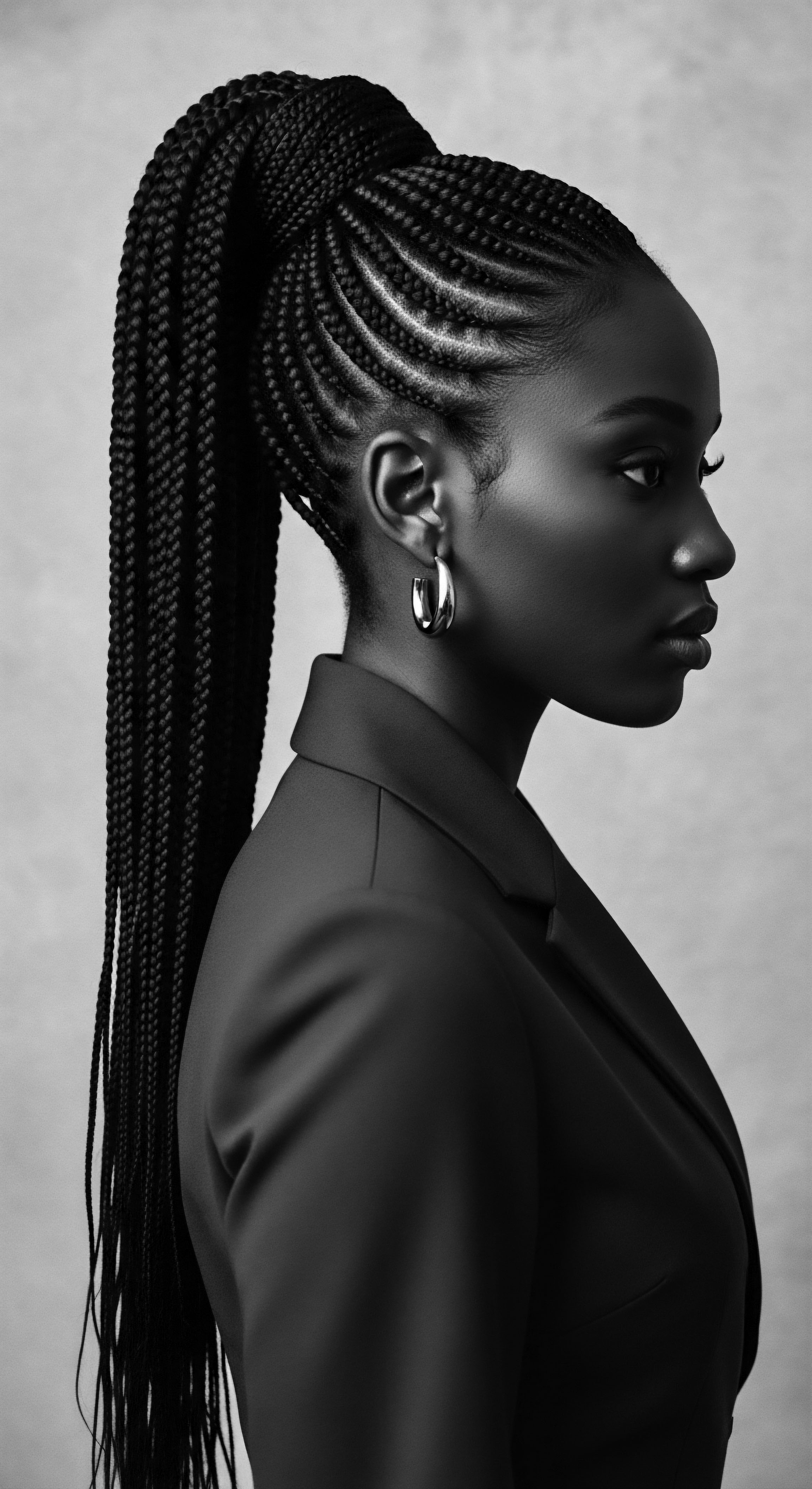
In what ways did enslaved people use hairstyles to preserve heritage?
Enslaved people used textured hairstyles as secret maps, hidden repositories for seeds, and powerful symbols to preserve identity and ancestral heritage.

How did traditional styling practices preserve heritage and identity?
Traditional styling practices preserved textured hair heritage by encoding identity, status, and communication within elaborate coifs.

What historical periods most altered textured hair perceptions?
Historical periods of oppression and reclamation significantly altered textured hair perceptions, shifting from ancestral reverence to imposed disdain, then to powerful re-affirmation.
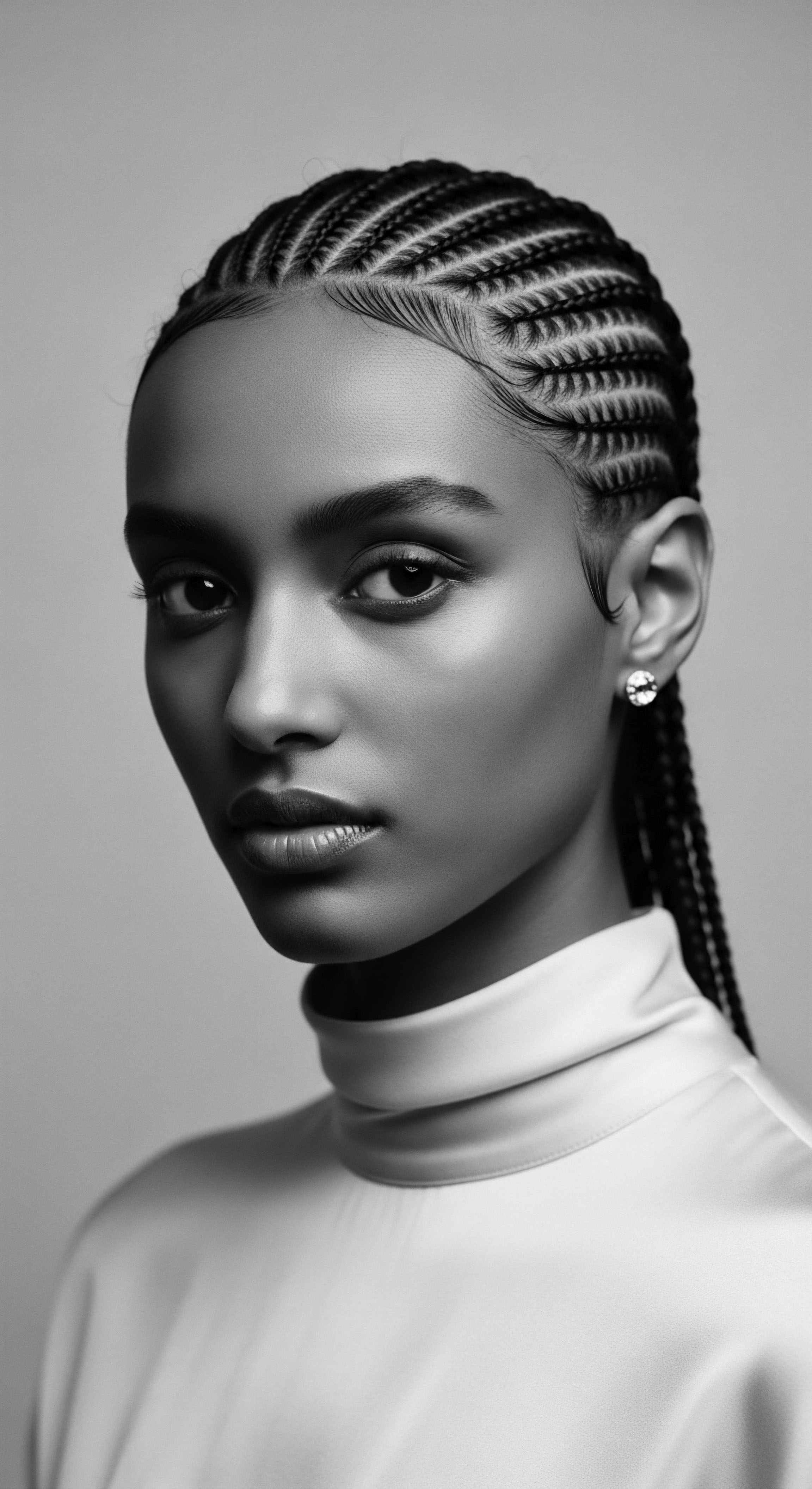
What historical role did cornrows play in resistance movements?
Cornrows served as a vital tool in resistance movements, concealing maps and seeds while symbolizing profound cultural heritage.

How did hair rituals aid cultural preservation through time?
Hair rituals aided cultural preservation by acting as a living archive of identity, communication, and ancestral resilience for textured hair communities.

What historical examples show hair as cultural resistance?
Hair served as a tool for cultural resistance through coded styles, hidden messages, and identity assertion, preserving textured hair heritage.
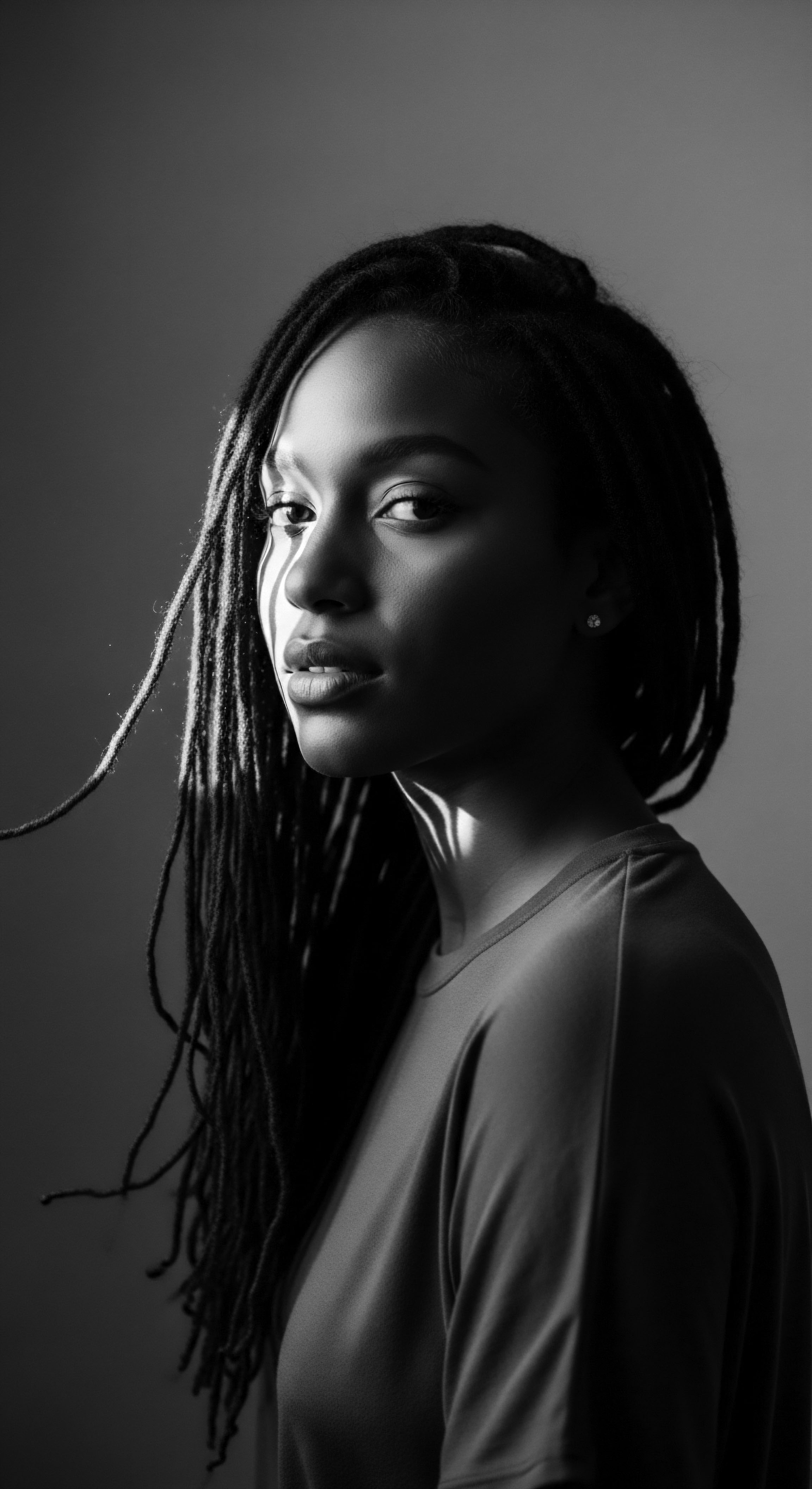
What role did protective styles play during the transatlantic slave trade?
Protective styles during the transatlantic slave trade were vital for survival, communication, and preserving Black hair heritage.
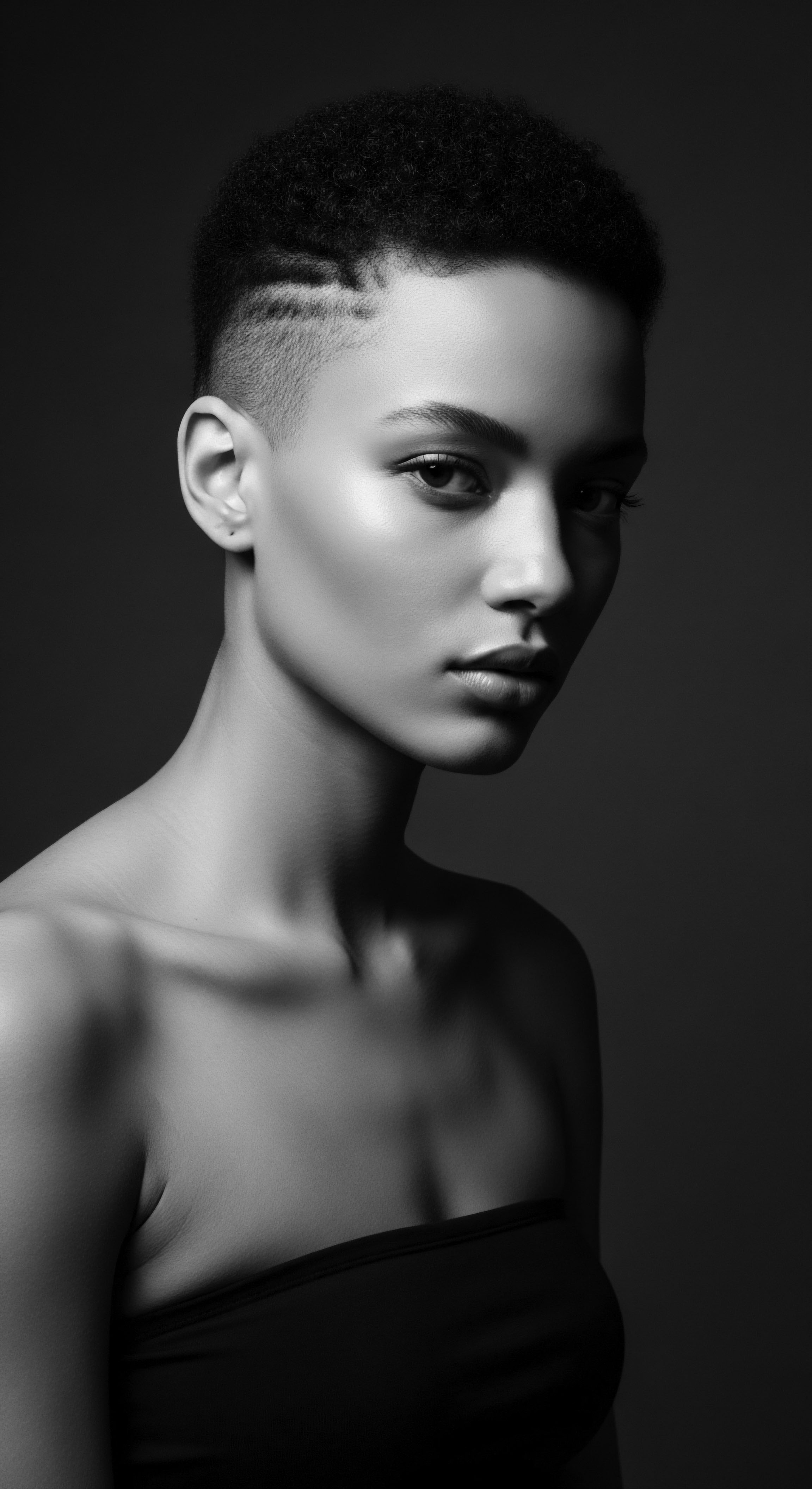
How do traditional hair practices preserve Black identity?
Traditional hair practices preserve Black identity by honoring ancestral knowledge, fostering community, and asserting cultural pride.

How did traditional African protective styles retain moisture?
Traditional African protective styles retained moisture by encasing strands, reducing environmental exposure, and sealing in natural emollients.

How did ancient African hair practices serve as resistance during enslavement?
Ancient African hair practices were a covert resistance, transforming textured hair into maps, hidden sustenance, and a resilient declaration of heritage.

What ancestral hairstyles shielded textured hair?
Ancestral hairstyles, such as cornrows and threading, shielded textured hair by minimizing manipulation and protecting delicate strands from environmental damage.

What traditional protective styles remain significant in contemporary textured hair care?
Traditional protective styles like cornrows, Bantu knots, and twists deeply safeguard textured hair, connecting contemporary care to ancestral heritage and resilience.

Do traditional hair care practices work on modern textured hair?
Traditional hair practices often provide a foundational, heritage-rich wisdom that perfectly complements modern textured hair care needs.
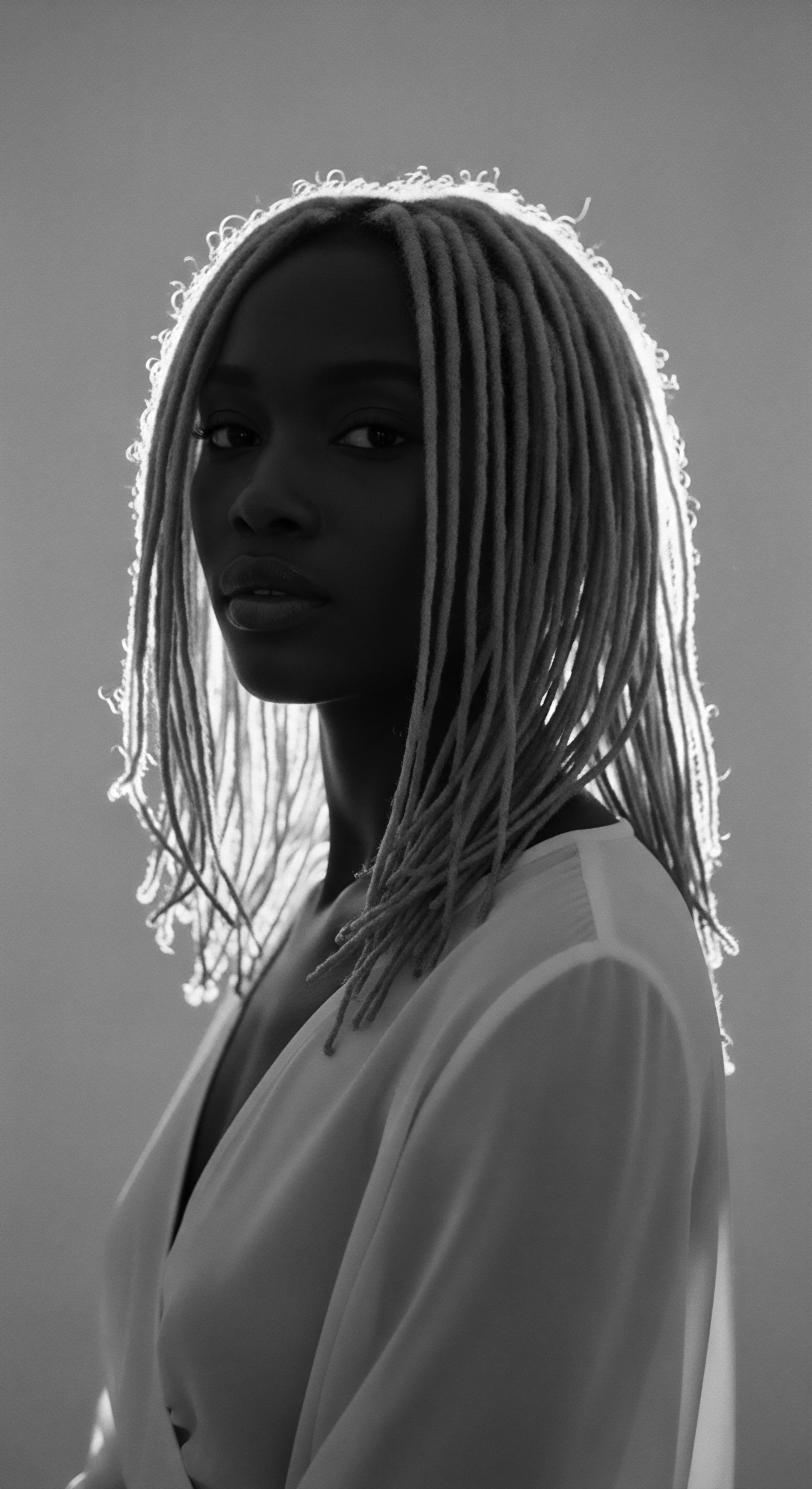
What protective styles carry historical meaning from our heritage?
Protective styles like cornrows, locs, and Bantu knots carry deep historical meaning, rooted in textured hair heritage and ancestral practices.

How did protective styles preserve ancestral heritage?
Protective styles safeguarded textured hair, transmitted ancestral knowledge, and served as powerful symbols of resistance and cultural continuity.

What historical examples show the adaptive nature of hair care traditions in the diaspora?
Diasporic hair traditions adapted ancestral knowledge for survival, resistance, and identity preservation, particularly for textured hair heritage.

In what ways did textured hair symbolize resistance during enslavement?
Textured hair symbolized resistance through hidden messages, concealed provisions, and the steadfast preservation of cultural identity amidst systemic dehumanization.

How was textured hair a communication tool?
Textured hair served as a deep cultural lexicon, communicating social status, heritage, and coded messages across generations.
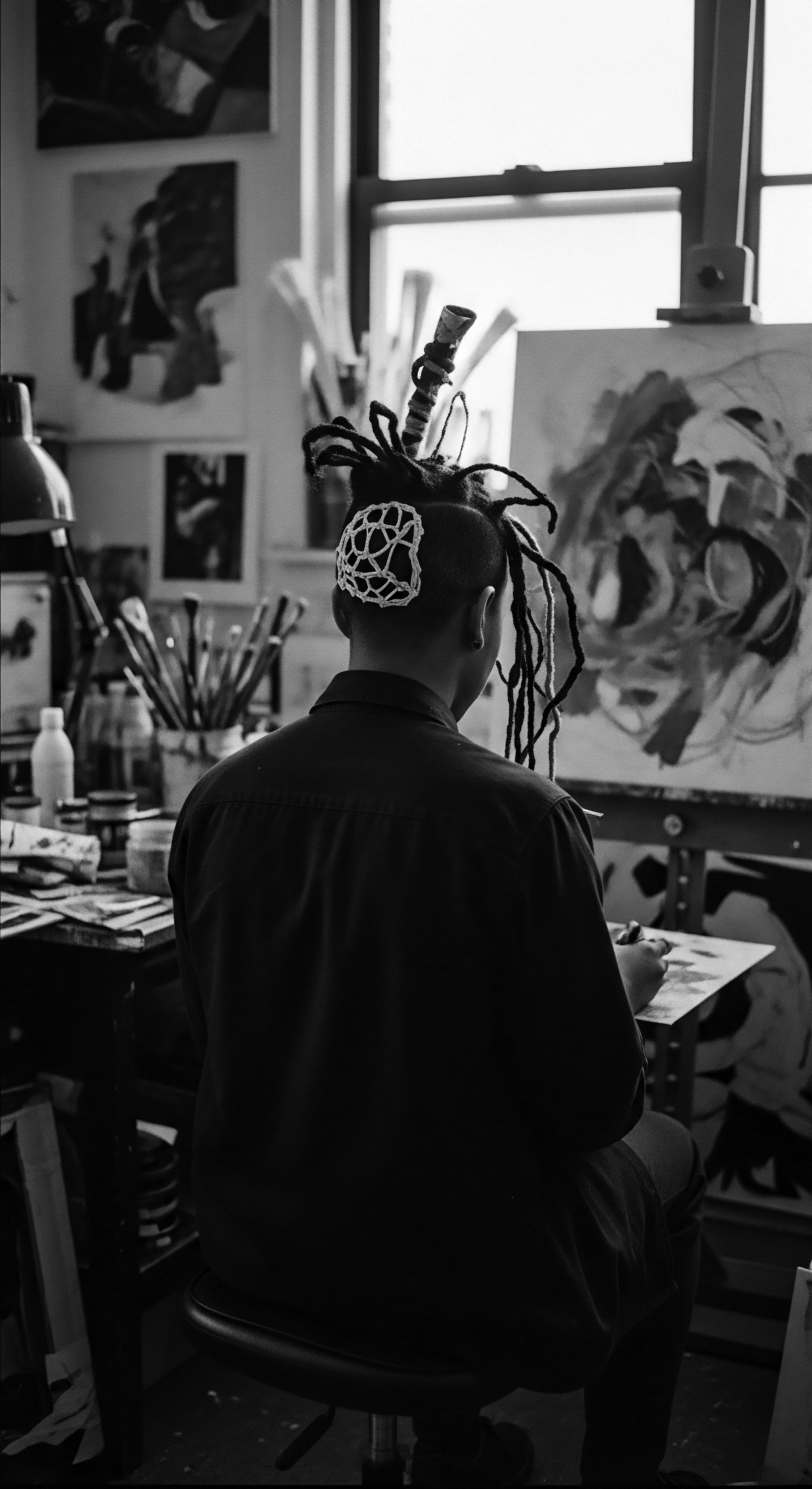
What historical meaning did textured hairstyles carry?
Textured hairstyles served as a visual language of identity, status, and survival, carrying a profound heritage of resilience and cultural expression.

How do cornrows physically protect textured hair from daily damage?
Cornrows safeguard textured hair by minimizing manipulation, reducing environmental exposure, and locking in moisture, reflecting an ancient heritage of hair preservation.
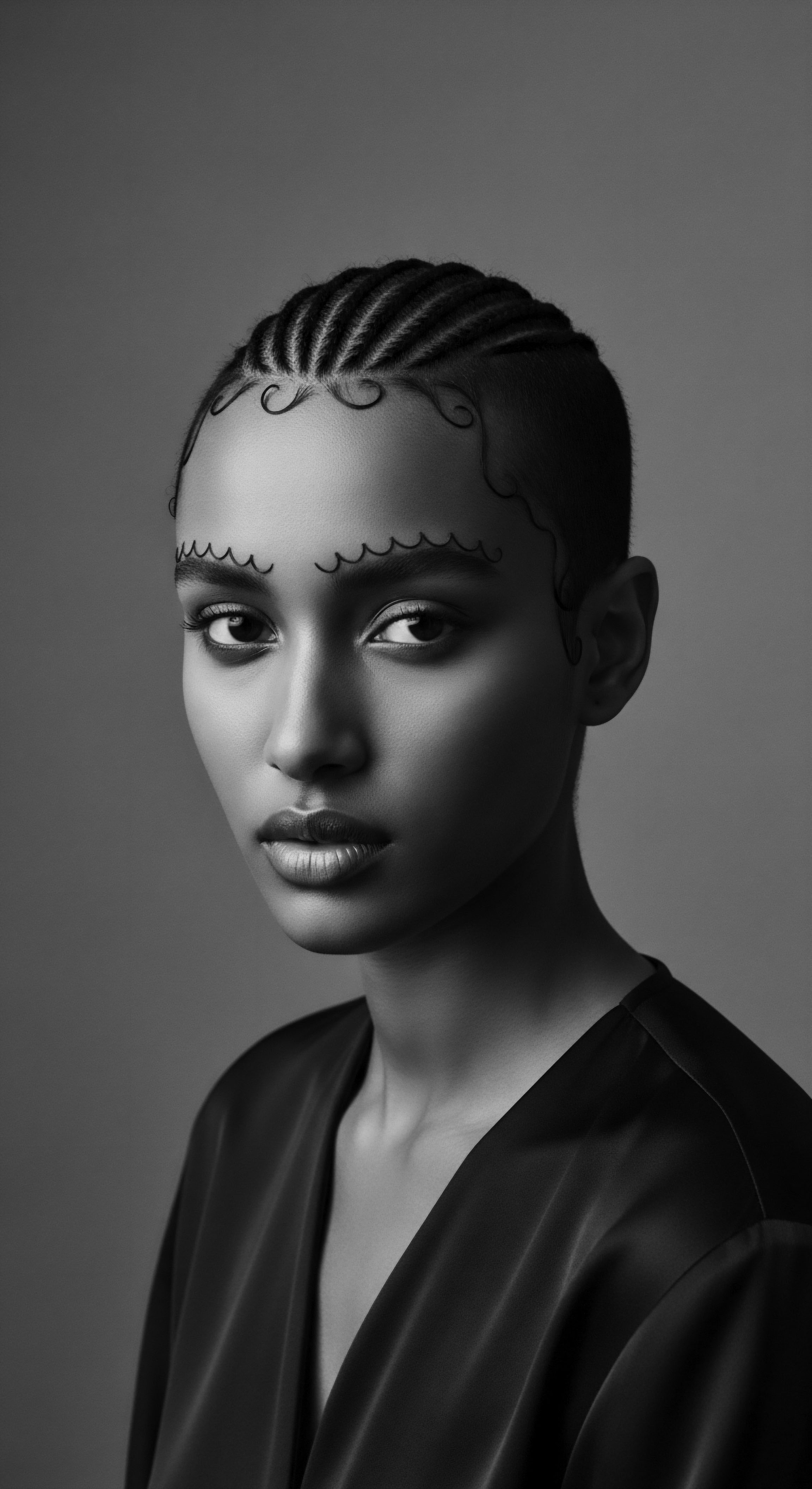
How did cornrows protect textured hair historically and culturally?
Cornrows protect textured hair by minimizing manipulation, containing strands, and creating a barrier against environmental stressors, deeply rooted in ancestral heritage.

Can specific hair patterns communicate hidden messages of cultural heritage during periods of enslavement?
Hair patterns served as covert maps and communication tools for enslaved peoples, preserving cultural heritage and aiding escape.

